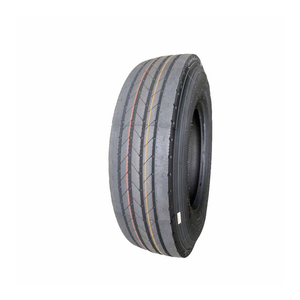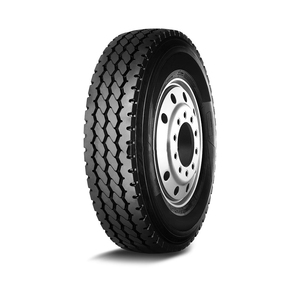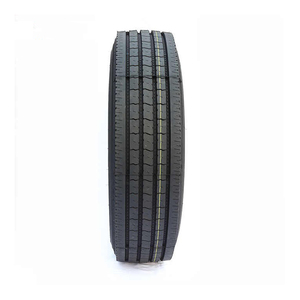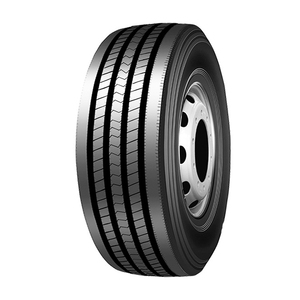(5231 products available)

































































































































































































Many types of 16 snow tires are available, each with unique features and advantages. They include the following:
Studded snow tires
Studded snow tires have metal studs embedded in the tread. The studs act as a grip on icy roads, minimizing the chances of slipping. These tires are ideal for areas with severe winter conditions and frequent ice patches. Nonetheless, they may damage the road surface over time and are not permitted in some regions.
Studless snow tires
Studless snow tires are designed with a soft rubber compound. The compound provides traction on both snow and ice. Additionally, they have complex tread patterns that help grip the road. These tires perform well in various winter conditions, making them versatile. They are not as effective as studded tires on ice but are quieter and less damaging to roads.
All-season snow tires
All-season snow tires are designed for moderate winter conditions. They offer adequate snow traction and are suitable for dry and wet road conditions. Although they are not as grippy as winter tires, their versatility makes them popular among drivers. They are a good choice for regions with occasional snow and do not require seasonal tire changes.
High-performance winter tires
High-performance winter tires are designed for sports cars and high-speed vehicles. They ensure good handling and braking performance on snow and ice. The tires are designed with low-profile dimensions and advanced rubber compounds. As a result, they offer winter performance without compromising high-speed stability. These tires are perfect for performance-oriented drivers during winter.
Convert snow chains
Although not a tire, snow chains are essential in severe winter conditions. They are externally attached to tires, providing excellent traction on deep snow and ice. Snow chains are typically used in mountainous regions or areas with steep roads during heavy snowfall. They are also removable and can be installed as needed, making them a practical winter solution.
Tire Size
Every vehicle has a recommended tire size that must be adhered to. Size entails width, aspect ratio, and diameter.
Load Index
Every tire has a load rating that shows the maximum weight it can carry. The load index must be adhered to for safety and handling.
Speed Rating
Speed rating is a letter that indicates the maximum speed at which the tire can perform. Ensure the speed rating matches the vehicle's needs.
Tread Depth
Tread depth is an important specification as it affects traction and wear. It is measured in 32nds of an inch. When the tread depth reaches the minimum legal limit, it is time to replace the tires.
Tread Pattern
The tread pattern is designed for snow and ice, with features like sipes, channels, and lugs to enhance grip.
Material Composition
16 snow tires are made of a rubber compound that remains flexible in cold weather, improving traction.
Studded vs. Studless
The tires can either be studded or studless. Studded tires have metal studs that provide excellent grip on ice, while studless tires offer good traction without studs.
Speed Rating
The speed rating is a letter that indicates the maximum speed at which the tire can perform. Ensure the speed rating matches the vehicle's needs.
Winter Certification
Winter certification is a symbol that shows the tire has passed winter performance tests. This certification is important for regions with heavy winter conditions.
Load Carrying Capacity
This is the maximum weight the tire can carry. It is important to match the load capacity with the vehicle's specifications for handling and safety.
Traction and Braking Performance
The tire's ability to accelerate and stop on snow and ice is important for safety.
Rolling Resistance
Rolling resistance affects fuel efficiency. A lower rolling resistance tire improves fuel economy without compromising performance.
Maintaining 16 snow tires is very important to get the best out of them. Here are some tips for maintaining 16 snow tires:
Choosing the right 16 snow tires can be a daunting task, but it doesn't have to be. Here are some tips to make the selection process easier:
Understanding snow tire types
There are three types of snow tires to choose from: studded tires, studdable tires, and friction tires. Studded tires offer the best grip on ice, but they can damage the road. Friction tires have a soft rubber compound and a tread pattern that grips snow and ice. Studdable tires come with a tread design similar to friction tires but can be fitted with studs.
Identify vehicle requirements
Buyers should check their vehicle's owner's manual to know the recommended tire size and type. Also, consider the vehicle's all-wheel drive system if it has one. AWD provides more balanced handling and traction with the snow tires fitted on all four wheels.
Driving needs
Consider the driving needs based on the geographical location of the area with heavy snow. Studded tires are suitable for places with long winters and frequent icy roads. Friction tires are ideal for regions with short winters and occasional snow.
Key tire features
Look for snow tires with deep treads and wide grooves to channel water and slush. Those features improve grip and reduce aquaplaning. Buyers should also check the tread design. Tires with symmetrical designs offer a quiet ride and even wear. Asymmetrical designs provide better handling and grip on dry roads.
Budget considerations
Snow tires are an affordable investment for winter safety. The price varies depending on the type and features. Apart from the tire cost, remember to factor in the cost of installation, maintenance, and possible rim changes.
Professional advice
Buyers can visit an auto shop or tire specialist for professional advice when selecting snow tires. The experts help select the right tire size and type to suit driving needs and budget. They also provide snow tire installation services.
Here is a simple guide on how to DIY and replace 16 snow tires:
Q1: Why do people need 16-inch snow tires?
A1: Snow tires are essential for vehicles that drive on snowy or icy roads. They keep the car from slipping and give it a grip. They also ensure the car has a stable, safe drive in the snow. The tires have a special rubber mixture and tread pattern that provides traction on slippery surfaces.
Q2: Can I use snow tires in the winter?
A2: Yes, snow tires can be used in the winter. In fact, they are recommended for winter use to ensure safety and performance in cold, snowy, and icy conditions.
Q3: Are 16 snow tires good for off-road use?
A3: While 16 snow tires can handle some off-road conditions, particularly those related to snow and mud, their performance may be limited in extreme off-road situations. For frequent off-road use, consider all-terrain tires that offer better durability and traction in various environments.
The keyword "16 snow tires" exhibits notable fluctuations in web search volume, averaging 140 monthly web searches with significant seasonal peaks. Over the past year, there was a substantial decrease of 47% in web searches, despite a 21% increase observed over the last three months. Analyzing the monthly data reveals the highest web search volume in December 2023 at 320, gradually declining to a low of 40 web searches from April to June 2024, before slightly increasing again in the following months.
This trend clearly indicates a strong seasonal pattern in the web search volume for "16 snow tires." The peak in December likely correlates with the onset of winter in many regions, prompting consumers to prepare for snowy conditions by purchasing snow tires. The sharp decline in web searches post-winter, from March to June, suggests that the demand for this product wanes as warmer weather sets in. The minor uptick in web searches from August onwards could be attributed to early buyers preparing for the upcoming winter season.
Understanding these patterns helps retailers and manufacturers in the vehicle parts and accessories category to anticipate demand more accurately. By aligning inventory and marketing efforts with these peak search times, businesses can optimize their sales strategies to cater to the seasonal demands of consumers. This analysis highlights the importance of timing and seasonal awareness in the automotive accessories market, particularly for products like snow tires that are heavily influenced by weather-related conditions.